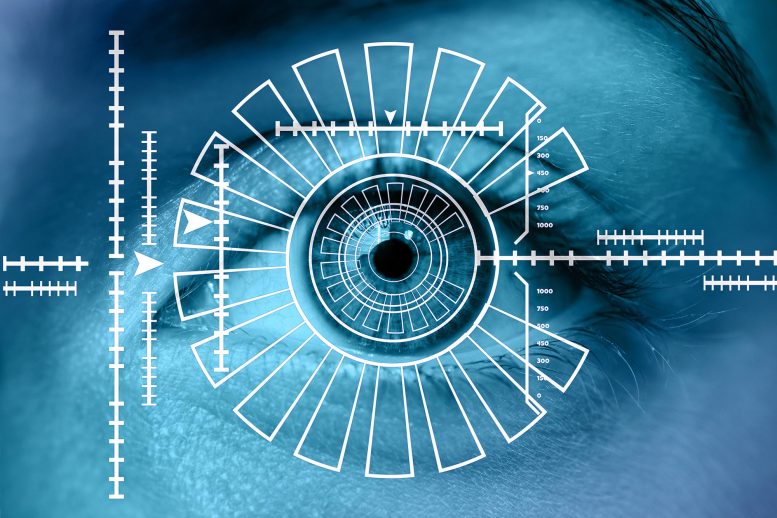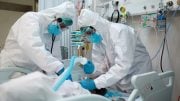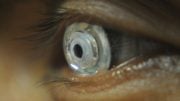
New research to be presented at this year’s annual meeting of the European Association for the Study of Diabetes (EASD) in Barcelona, Spain (September 16-20, 2019) shows that specialist analysis of the lens in the eye can predict patients with type 2 diabetes and impaired glucose tolerance (IGT) (also known as prediabetes, a condition that often leads to full-blown type 2 diabetes).
This early pilot study is by Dr. Mitra Tavakoli, University of Exeter Medical School, Exeter, UK. Her study showed that measuring the level of autofluorescence in the lens of the eye can predict who will develop type 2 diabetes in the future, and prediabetes, caused by impaired glucose tolerance. Prediabetes often leads to the development of type 2 diabetes.
Other studies have shown that there can be a lag of up to ten years between the onset of type 2 diabetes and diagnosis, so earlier detection and timely intervention could help prevent complications.
The study used a newly developed biomicroscope which can detect advanced glycation end-products (AGEs) in the eye via a simple scan. The increased level of AGEs in the body contributes to the development of many diseases, including complications of diabetes such as retinopathy (eye nerve damage) and neuropathy (general nerve damage).
The new biomicroscope focuses a beam of blue light onto the lens non-invasively, and measures the autofluorescence in the reflected green light, which provides a measure of the level of AGEs.
In this pilot study, 20 people with type 2 diabetes, 20 people with prediabetes, and 20 healthy age-matched control subjects underwent comprehensive medical and neurological assessments including measurement of lens autofluorescence by using the biomicroscope.
The study found a significant increase in AGE levels in the eyes of people with type 2 diabetes. It also showed an increased level in people with prediabetes, meaning this could be a robust way to measure those who may go on to develop diabetes in the future.
Dr. Tavakoli says: “The results of this preliminary study showed the lens autofluorescence is significantly greater in patients with prediabetes and type 2 diabetes. The level of AGE products was correlated with the levels of blood sugar.”
She concludes: “Lens autofluorescence could be a robust marker of long-term diabetes control predicting future complication risks. This supports the feasibility of non-invasive lens autofluorescence to screen subjects for undiagnosed type 2 diabetes and prediabetes subjects. Although this is a pilot study, is an exciting emerging new tool for early detection and monitoring the treatment of patients. It could improve the lives of people with type 2 diabetes by reducing complications. However larger and long-term clinical studies are needed to confirm these findings.”









Be the first to comment on "Eye Scan Can Predict Type 2 Diabetes and Prediabetes"